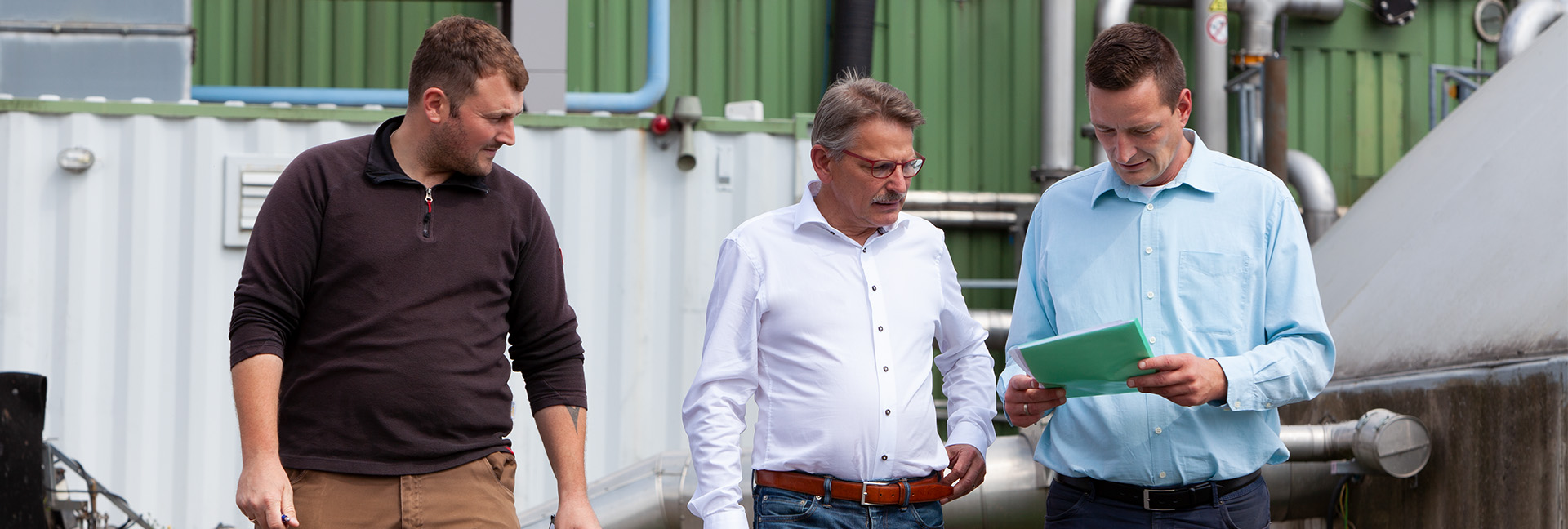The municipality of Jühnde in Lower Saxony is a pioneer in decentralised energy supply with citizen participation.
The idea of the bioenergy village project was first presented to the people of Jühnde back in January 2001 as part of a research project at the universities of Göttingen and Witzenhausen. ‘Due to the opportunities for village development and the preservation of natural resources associated with the project, there was great interest in realising it from the very beginning,’ explains Eckhard Fangmeier, Chairman of the Bioenergy Village.
In 2005, the municipality of Jühnde in Lower Saxony became Germany’s first bioenergy village and at the same time a role model for around 150 other regional energy villages. The co-operatively operated biogas plant also includes a district heating network, a wood chip heating system and two heat storage tanks, as well as a photovoltaic system and a wind turbine.
As part of the Jühnde 2.0 project in 2015, the installed electrical output of the engines was increased from 716 kilowatts to 1,800 kilowatts and the overall efficiency was increased by adding an ORC module. ‘In future, the biogas plant will be operated using heat instead of electricity, thus making a valuable contribution to demand-led and flexible energy generation,’ says Fangmeier.
Since the 2017 enforcement recommendation on formaldehyde and the associated reduction in the limit value to 20 mg/Nm³, Emission Partner has been supplying all catalytic converters and carrying out the annual emission measurements at the combined heat and power plants. ‘We are very satisfied with the organisation and service of the emission measurements, and the catalytic converters comply with the emission limits safely and reliably. We have also been able to significantly reduce our workload as, with Emission Partner, we now only have one point of contact for the exhaust gas aftertreatment systems of our various engines. This means we don’t have to contact every manufacturer, but act according to the principle of ‘one stop, all in,’ says Operations Manager Christoph Weitemeier, describing the collaboration.
Engines:
Haase – MWM TCG 2016-V16 (716 kW)
Avus 550 plus (550 kW)
Avus 550 plus (550 kW)

